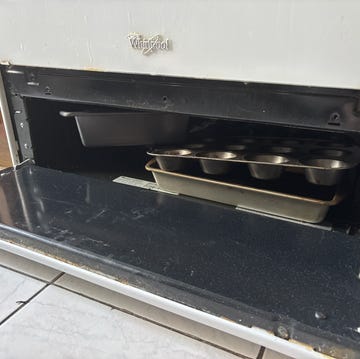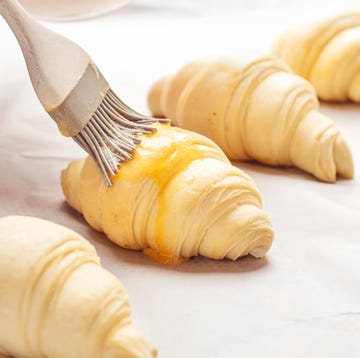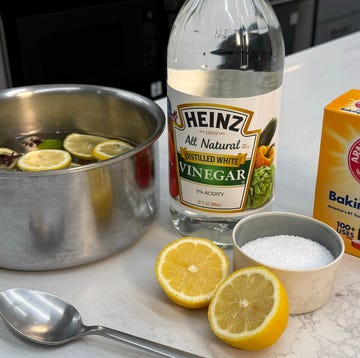How to Make Fresh Pasta Dough, In Pictures
Once you make pasta dough fresh at home, you'll never buy another box.
By Nicole Perry
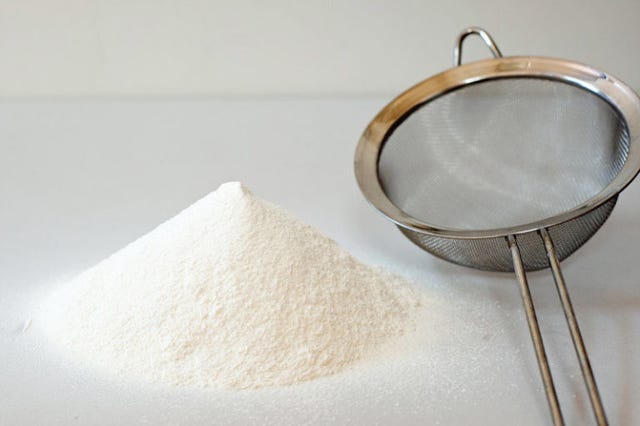
It's hard to believe that fresh pasta dough is made from such humble ingredients as flour, eggs, and a pinch of salt, but it's true. While the task might seem daunting on the outset, keep reading to get the lay of the land — it's easier than it seems — and then dig into a bowl of your favorite dish.
Watch Next

Advertisement - Continue Reading Below

12 Affordable Foods That Support Better Health
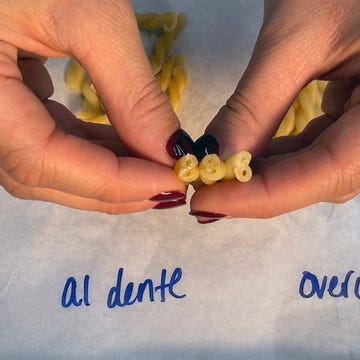
How To Cook Pasta Perfectly Al Dente
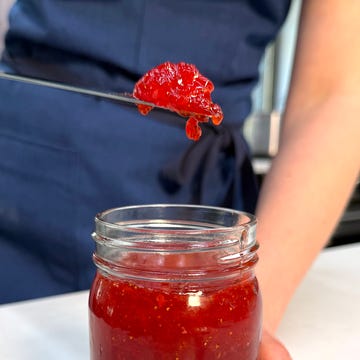
How To Make Jam Perfectly Every Time

5 Ways To Upgrade Your Boxed Brownies
Advertisement - Continue Reading Below
Advertisement - Continue Reading Below









